Do you need to print an electronic visa ?
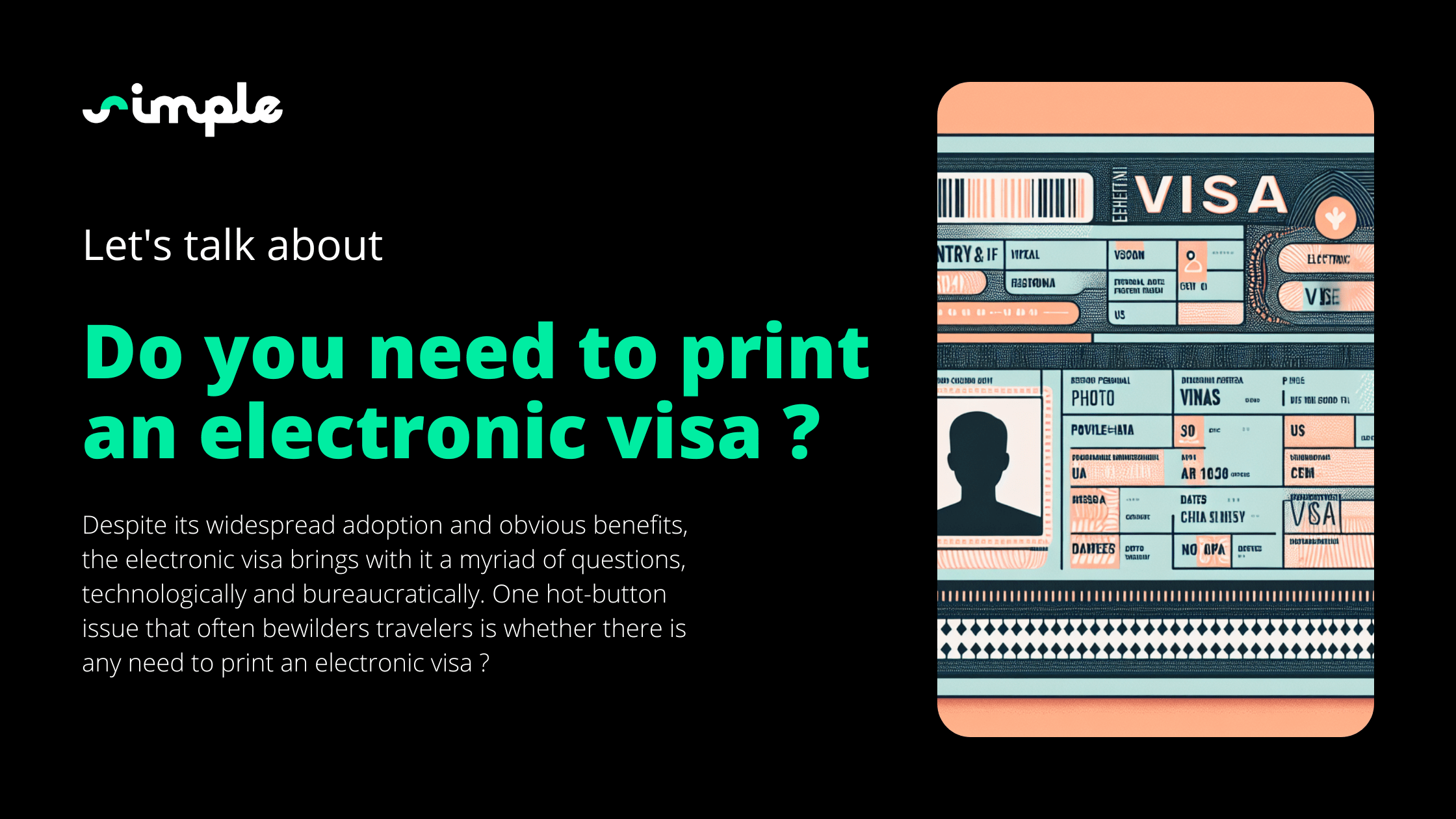
Amid the radical digital advancements in the 21st century, the notion of international travel has morphed significantly. Along with booking flights and accommodation, the bureaucratic task of obtaining a travel permit, traditionally involving cumbersome paperwork and seemingly never-ending queues, has now moved to the digital world. Yes, we’re talking about the increasingly prevalent ‘electronic visa’ or ‘e-visa’. An electronic visa is an Internet-based travel visa or an online version of a traditional paper visa. The e-visa has been a game-changer, heralding newfound pace and convenience into the typically slow-paced visa process.
Despite its widespread adoption and obvious benefits, the electronic visa brings with it a myriad of questions, technologically and bureaucratically. One hot-button issue that often bewilders travelers is whether there is any need to print an electronic visa? Granted its digital nature, printing it may seem counterintuitive or an unnecessary step back into the paperbound past. Yet, a slew of arguments makes rounds in travel circles for and against printing the e-visa.
This piece aims to delve into the depths of this debate, shedding light on the various perspectives and practicalities surrounding it. We’ll explore the reasons behind both schools of thought and try to answer that looming question – do you need to print an electronic visa? Enter the world of digitized travel documentation, where old habits meet new technology, and let’s begin our exploration.
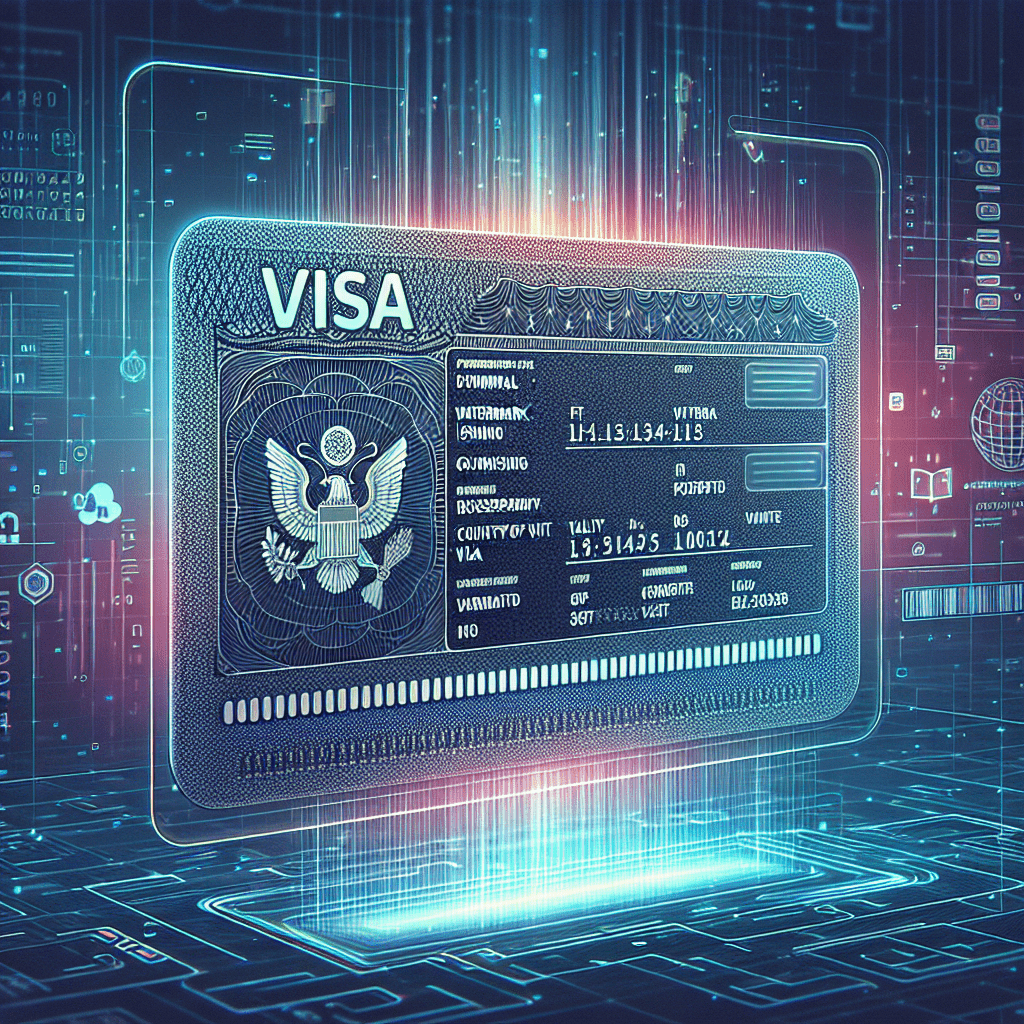
Understanding Electronic Visa
Defining Electronic Visa
An electronic visa, often referred to as an e-visa or a digital travel document, is a digital form of the traditional paper-based visa. The concept involves an online process, where an applicant applies for an entry permit through an e-visa application system, and, upon approval, receives an electronic immigration document, or e-visa, via email.
The purpose of an electronic visa remains the same as that of a classic visa: to allow international entry to a foreign territory for a specified period. It may serve various reasons like tourism, business, or transit. To obtain it, applicants fill their details in an online visa process, upload necessary documents, pay the processing fee, and receive their digital travel authorization, all without visiting an embassy or consulate.
Benefits of Electronic Visa
The advent of electronic visas has brought about significant advantages over the traditional visa process, the most notable of which is the convenience. Instead of making physical visits and standing in lengthy queues at the embassies, travelers can now apply for an electronic visa from the comfort of their homes and receive their web-based visa approval digitally.
Furthermore, the processing time for the e-business visa is generally shorter, making it immensely beneficial for last-minute travelers. From an e-tourist visa to an electronic transit visa, the expedited online process is a godsend to frequent international flyers. Another essential advantage is the minimization of physical documents. Unlike traditional visas stuck into passports, there’s no risk of losing your visa as it’s safely stored in your email.
Misconceptions About Electronic Visas
Despite the clear advantages, there are a few misconceptions floating around electronic visas. One of the most notable among them is the question of whether the online tourist permit needs to be printed. Many believe that since it’s an electronic document, there’s no need to print it. This is, however, not entirely correct, and the necessity of printing can alter depending on various factors.
Many also erroneously believe that an e-visa ensures entry to a foreign territory. An electronic visa just makes you eligible to travel to the respective country’s port of entry, where the final approval is at the discretion of the immigration officer. Another common fallacy is that e-visas are universally applicable. However, not all countries or regions have the infrastructure or the policy to provide or accept electronic visas. Therefore, it’s always pertinent to check the visa regulations of the destination country before making travel plans.
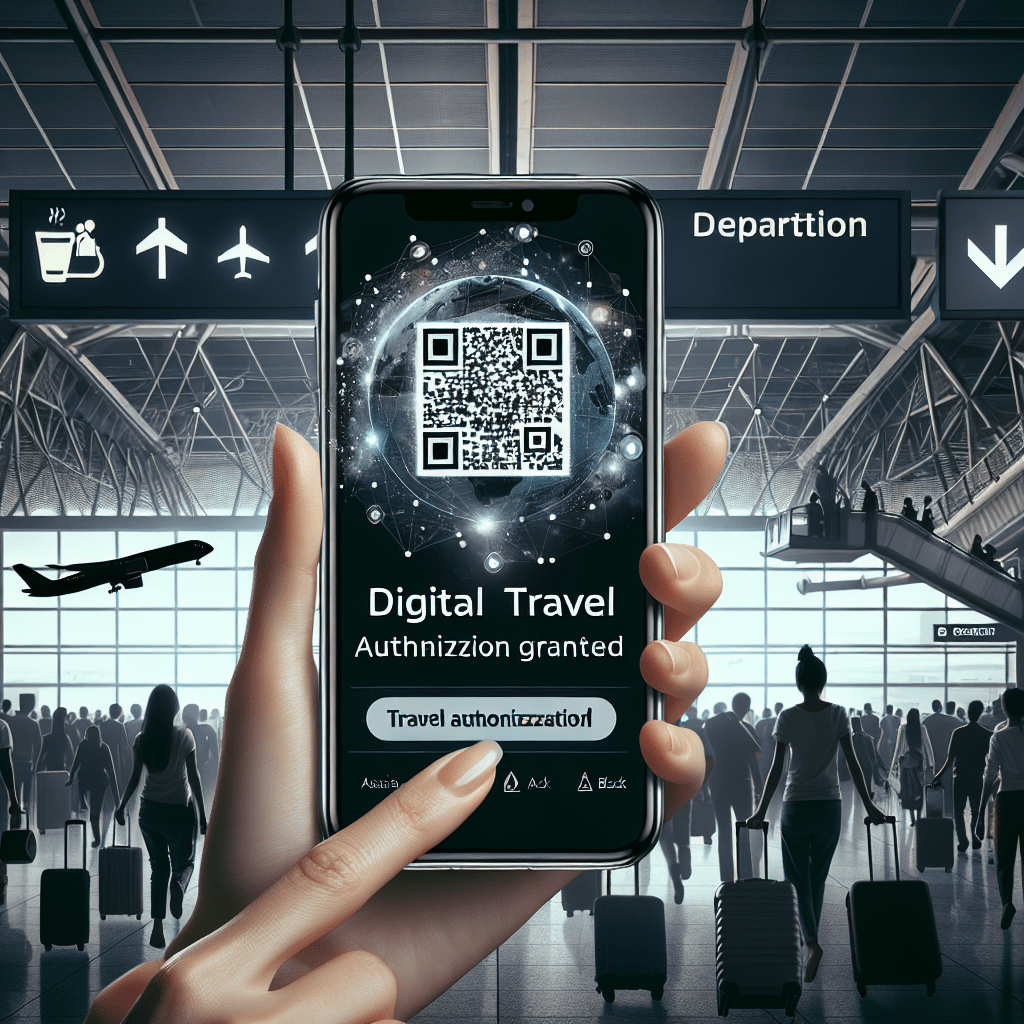
Analyzing the Requirement of a Printed Electronic Visa
Exploring Scenarios Asking for Printed Electronic Visas
In the realm of global travel, the online tourist permit has drastically simplified processes. However, questions like ‘Should you print your digital travel authorization?’ persist, with varied scenarios hinting at the advantages of a printed e-visa.
Apart from the digital comfort, some situations might necessitate a printed copy of your electronic transit visa or e-tourist visa. For instance, some countries, despite issuing electronic visas, insist on a printed version upon arrival. It is crucial to research specific immigration rules for your destination to avoid unwelcome situations at the entry point.
Moreover, exceptions exist in certain circumstances. Senior citizens or individuals uncomfortable with digital media might find a printed copy more manageable. Similarly, those charting remote, technologically deprived locations might require a hard copy, lest internet access become a hurdle.
Arguments in Favor of Printing Electronic Visas
Several reasons justify the inclination towards printing electronic visas. Foremost, a tangible backup provides psychological security. Despite the web-based visa approval, having a printed copy can assuage fears of technological glitches or connectivity issues, especially while traveling to locations with unreliable internet coverage.
The electronic visa application can hit bumps due to expired batteries or device malfunctions. This “preparedness for technology failure” argument sheds light on the unpredictable nature of technology, suggesting a printout as a safety net.
Last but not least, a printed copy ensures seamless communication with non-technological entities during your journey. Be it hotels, transport services, or insurance providers, you may need to present your travel permit, and a physical copy simplifies these interactions.
Countering the Necessity of Printed Electronic Visas
On the flip side, digital progress argues against the need for printed electronic visas. Today’s world is rapidly turning paperless, and electronic immigration documents are no exception. Internet-based visa services enmesh electronic visas in our sweetly interconnected, technologically refined era. From smartphones and tablets to laptops, any device can provide instant access to your electronic visa, bypassing the need for physical documentation.
Moreover, intensive digitalization initiatives by airlines and immigration authorities endorse digital entry visas, reducing dependency on paper. To illustrate, biometrics, QR codes, and facial recognition systems are increasingly leveraged for smoother immigration processes, making way for a full-fledged digital environment.
Lastly, the environmental footprint cannot be ignored. The digital travel authorization process minimizes paper usage, thereby contributing to environmental conservation. As the world strives to combat deforestation and promote sustainability, utilizing electronic methods supports these global green efforts.
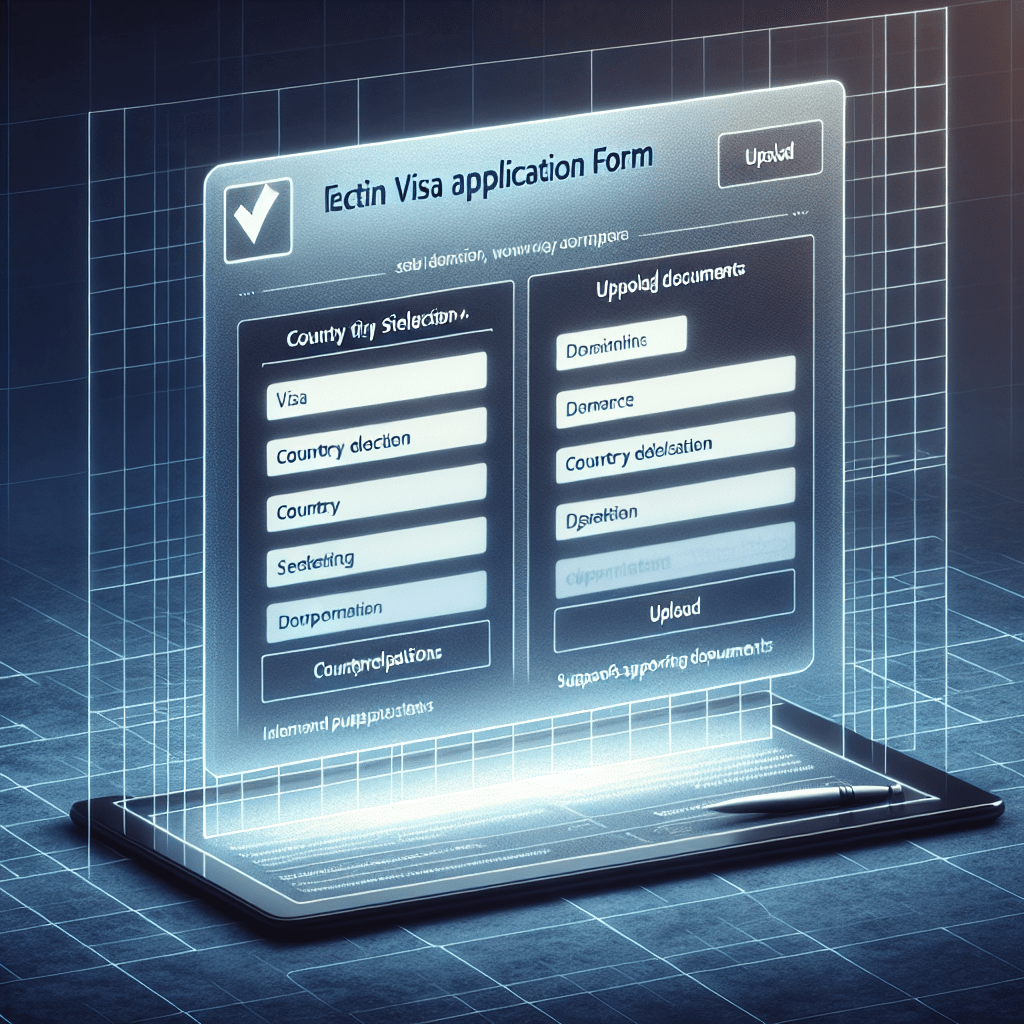
Practical Advice on Managing Electronic Visas
Practical Steps to Take When Issued an Electronic Visa
Having an electronic visa or e-visa is undeniably a boon in the digital age yet devising a failsafe approach to manage it is paramount. Once issued a digital travel authorization, besides having a printed copy if necessary, several methods can be employed to ensure its accessibility at all times.
Given its digital nature, an electronic visa can be saved in multiple non-paper forms. Taking a screenshot and storing the image in your phone or laptop is a viable option. PDF versions can be saved locally on your handheld devices or laptops too, ensuring that your e-visa is readily presentable when required.
Apart from device storage, emailing a copy to oneself acts as a resilient backup. Not only does it secure the web-based visa approval in your inbox, but this also allows easy access and retrieval in case of a device failure or loss.
Understanding Immigration Policies
While electronic visas provide convenience, understanding immigration policies are essential. Researching the specific immigration rules of your destination country forms a crucial part of the planning process. This information usually encompasses the types of visas accepted, the necessity for physical copies, and other documentation requirements.
Rules for electronic visas vary between countries. For instance, some countries may accept soft copy versions of e-visas, while others might strictly mandate printed versions. In some cases, immigration rules may change suddenly due to political shifts, security threats, or other reasons. Hence, the most updated information is imperative to ensure a hassle-free experience.
Coping with Technology Failures
Despite the astounding advancements in technology, its failure remains a reality. To cope with such situations, a multi-pronged approach proves helpful. This encompasses equipping oneself with both digital and paper versions of the electronic visa.
Keeping multiple digital copies of your e-visa – on your phone, laptop, and email – can save you from potential technology glitches. Simultaneously, a printed version serves as a physical backup, promising extra security against digital failures.
Further, ensure that your devices are adequately charged and functional prior to your travel. Carrying portable chargers, if feasible, provides additional assurance. Your aim should be to keep uncertainties to a minimum and ensure that your online entry permit, whether an e-tourist visa, e-business visa or an electronic transit visa, is always at your disposal.
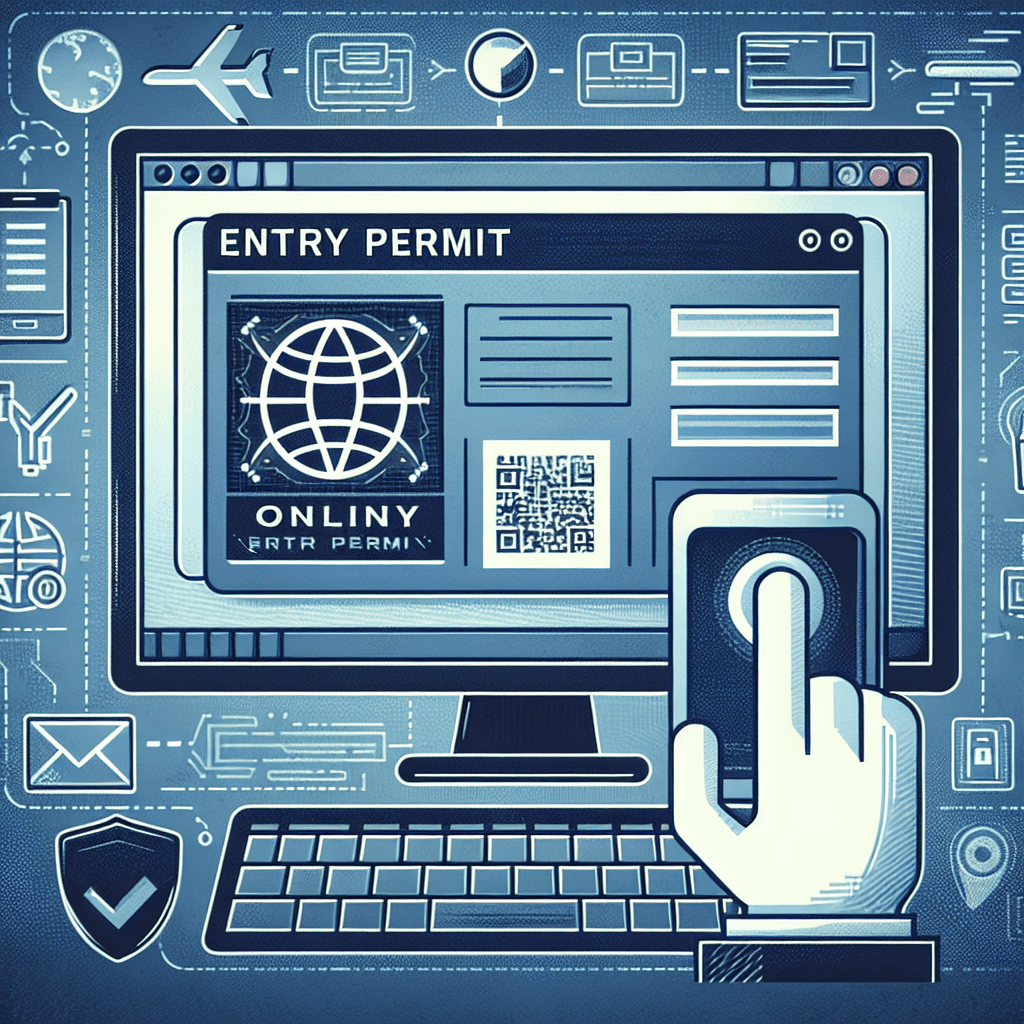
Pulling Together the Threads of Electronic Visas
Over the course of this in-depth exploration, we’ve dissected the increasingly prevalent phenomenon of electronic visas. From laying bare its definition and benefits to debunking common misconceptions, we’ve traversed the ins and outs of this digital entry visa. Besides, we dove into the hot-button issue concerning the printing of electronic visas, considering scenarios favoring printed copies and others advocating digital-only versions.
The diversity and breadth of opinions surrounding the etiquette of managing electronic visas underscore their novelty. Indeed, we’re witnessing transitional periods where digital is the norm but paper hasn’t vanished entirely. This dichotomy perceivably feeds into the confusion regarding whether or not to print an electronic visa.
Nonetheless, the exploration concluded with practical advice about managing electronic visas effectively. Here’s hoping this dispels some fog and arms you with meaningful tips. This information equips you to deal with diverse scenarios, whether it involves technology failures or stringent immigration rules requiring paper copies of visas.
Returning to our initial question: Do you need to print an electronic visa? The answer isn’t black and white. While in many cases, a printed copy might be unnecessary, being prepared for exceptions to this rule can save you from potential hurdles. Your action should primarily hinge on the immigration policies of your destination country and personal comfort with total digitalization. The way we see it, it’s not merely about paper or digital – it’s about staying agile and making the best use of available resources.